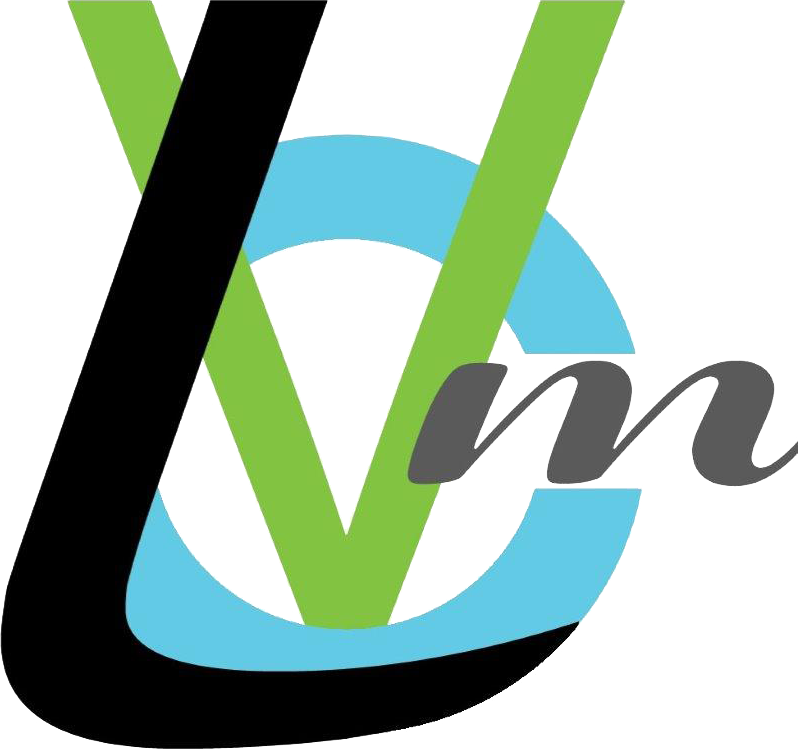Standards and References
Expected estimate accuracy range is an indication of the degree to which the final cost outcome for a given project will vary from the estimated cost.
Basic formats for Elemental Costing and Measurement:
- CIQS Standard:
CIQS Method of Measurement – Pricing & Measurement of Buildings by Area & Volume, 4th Edition - Uniformat Standard:
ASTM 1557 – 5 UNIFORMAT II
References:
- Trade Breakdown and Specification Formatting:
CIQS Method of Measurement of Construction Works, 8th Edition, 2004 “Masterformat system TM” - Life Cycle Costing:
ASTM E917-05 Standard Practice for Measuring Life-Cycle Costs of Buildings and Building Systems1 -
Performing and Reporting:
Cost Analysis during design: ASTM E1804 -
Class of Estimates:
Standard Estimating Classification System ASTM E2516-06


